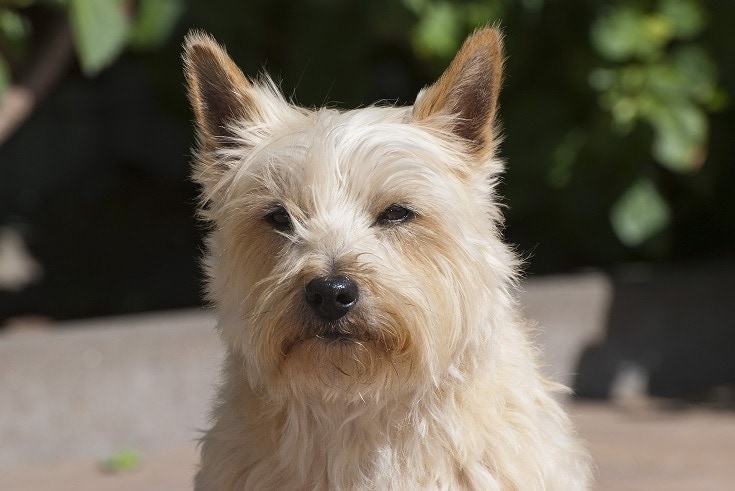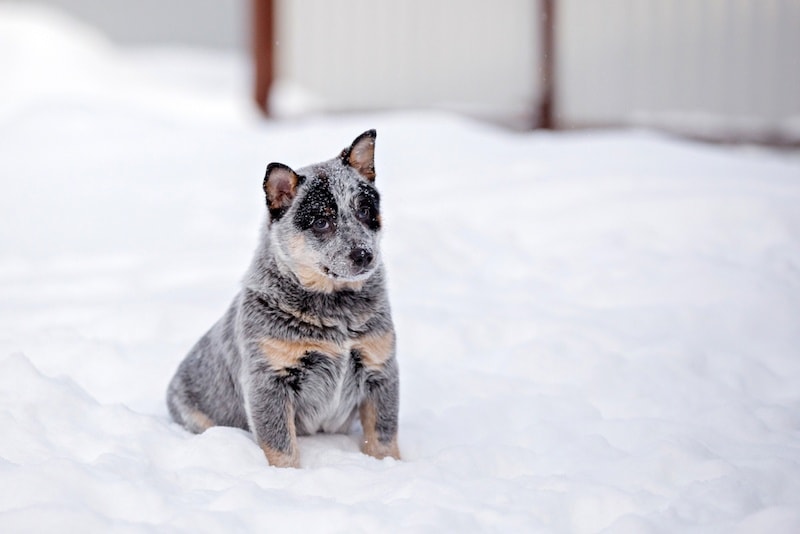Bull Mastweiler (Bull Mastiff & Rottweiler Mix) Info, Pictures, Traits & Facts

Updated on
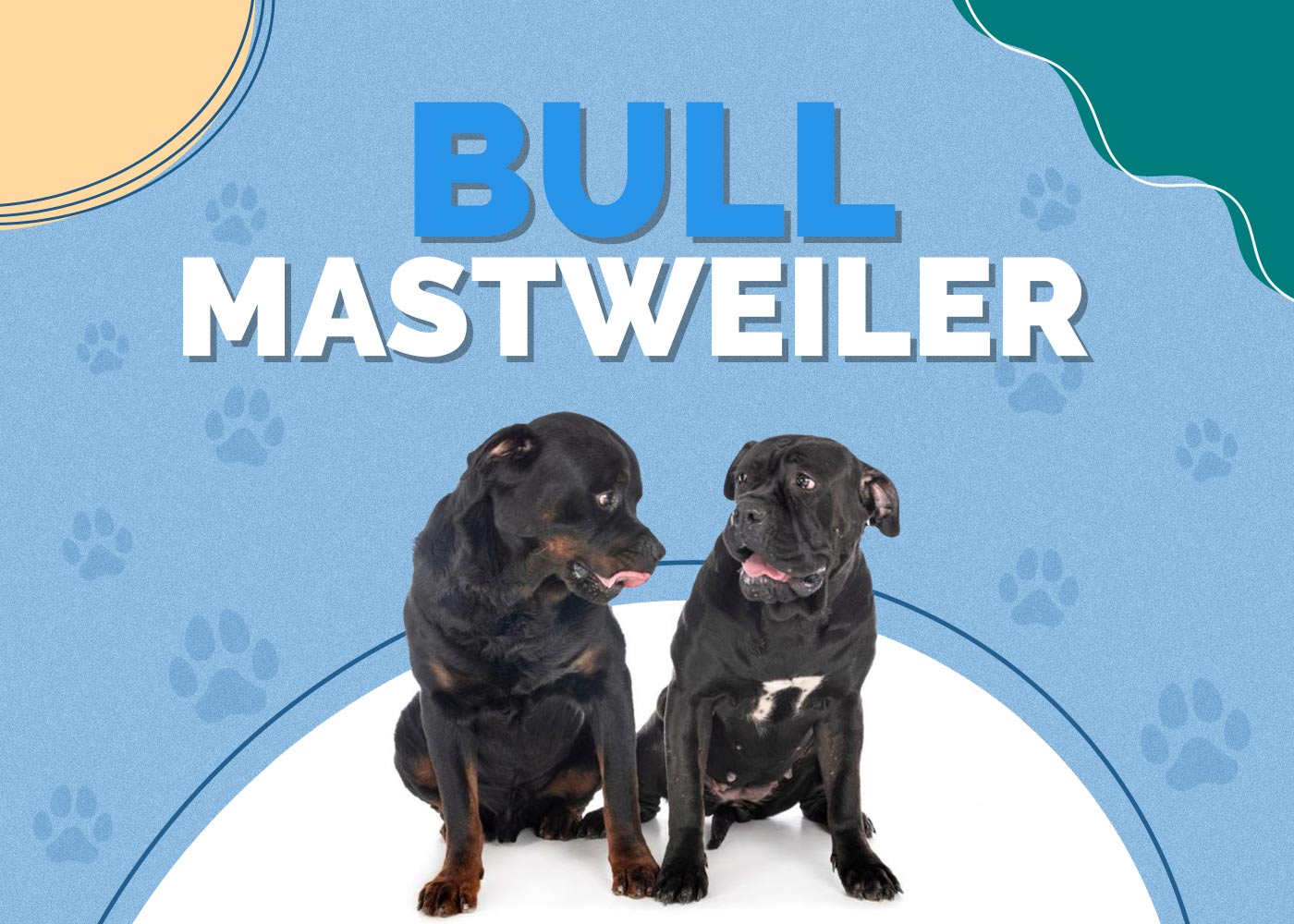
| Height: | 23–27 inches |
| Weight: | 80–130 pounds |
| Lifespan: | 10–12 years |
| Colors: | Black, brown, fawn, golden |
| Suitable for: | Experienced dog owners, guard dog duty, families with children, homes with yards |
| Temperament: | Loyal, devoted, intelligent, energetic, protective |
The guard dog with a heart of gold, Bull Mastweilers possess a charming and puzzling blend of characteristics not entirely attributable to either of their parent breeds. Sired from the union of two breeds known for their powerful bodies and no-nonsense attitudes, this curiously gentle breed seems to be kinder and more loving than either its Bullmastiff or Rottweiler parents.
A popular designer dog breed that’s seen widespread use as a guard dog, the Bull Mastweiler is a more intelligent and less aggressive alternative to other large breeds used for protection and security. Add this to their affinity for children and families, as well as easy trainability, and it’s easy to see why this crossbreed has gained favor in many homes.
If you’re thinking about bringing a Bull Mastweiler into your home, this guide will clue you in on everything you need to make an informed decision. Follow along as we explore the price of buying or adopting a Bull Mastweiler, as well as what you can expect for training, exercise, and health care requirements on this breed.
Bull Mastweiler Puppies
As with most designer dogs, the Bull Mastweiler is a recent development. This means that the best way to understand whether it is the right pet for you is to take a closer look at each of its parent breeds before discussing the Bull Mastweiler’s unique personality traits.
Bullmastiffs are themselves designer dogs. In this case, crossing an English Mastiff with the (now-extinct) Old English Bulldog was undertaken to develop a dog breed perfect for guarding property. As early as the mid-1800s in Britain, gamekeepers and wardens bred these dogs to ward off poachers by choosing them for their size, strength, and trainability.
Considered a near-perfect blend of the Old English Bulldog’s tenacity and the Mastiff’s strength and less aggressive nature, the Bullmastiff became so popular in England that it was admitted as a pure breed to the English Kennel Club in 1924. The American Kennel Club followed suit shortly thereafter, naming the Bullmastiff a purebred dog in 1934.
Hailing from Germany, the Rottweiler was originally bred as a domestic working dog. Until the advent of railroads across Europe, they were often seen herding livestock and pulling butchers’ carts to market. Still occasionally used today to herd livestock, they are seen more frequently as police dogs, guard dogs, or search and rescue dogs. Said to possess a natural gathering style and a strong desire to control, Rottweilers have such a forceful personality that some have been seen to herd cattle without any prior training. Even stubborn livestock that resists the herding of Collies and smaller herding breeds may be cowed by the Rottweiler’s intimidating presence.
As a kinder and gentler combination of these two powerful and imposing dog breeds, the Bull Mastweiler enjoys a much more easy-going nature than either of its parent breeds. Intelligent, affectionate, and extremely loyal to its family, the typical Bull Mastweiler can become protective to a fault if not properly trained and socialized from a young age.
A large to giant dog breed, the Bull Mastweiler will love to spend time with their people. They require lots of attention and plenty of outdoor exercise to lead a truly happy life, and they do better with experienced dog owners and families with yards than novices or apartment dwellers.
3 Little-Known Facts About the Bull Mastweiler
1. Bull Mastweilers Absolutely Require Outdoor Time
Bred from two traditionally outdoor guard dogs, Bull Mastweilers have greater requirements for outdoor time and unstructured playtime than many dog breeds.
While their exercise requirements are like other large or giant dogs, this breed can grow depressed and morose if they’re deprived of time in fresh air and sunshine. In fact, many Bull Mastweilers prefer to live outside at least part-time.
2. They Can Easily Experience Separation Anxiety
Unlike either of their parent breeds, the Bull Mastweiler seems to have developed a significant need for human interaction. Their gentler natures make them well-disposed to spending lots of time playing and cuddling with their families. In the absence of this attention, they can develop neurotic and destructive behaviors such as chewing furniture or digging.
3. They’re Definitely Not for Beginners
Bull Mastweilers possess a stubborn and willful streak from both sides of their family tree and will gladly assert their dominance over inexperienced dog owners. Given their large size and powerful muscles, this can easily become a problem for first-time owners who don’t yet know how to properly encourage good behaviors in their pets.
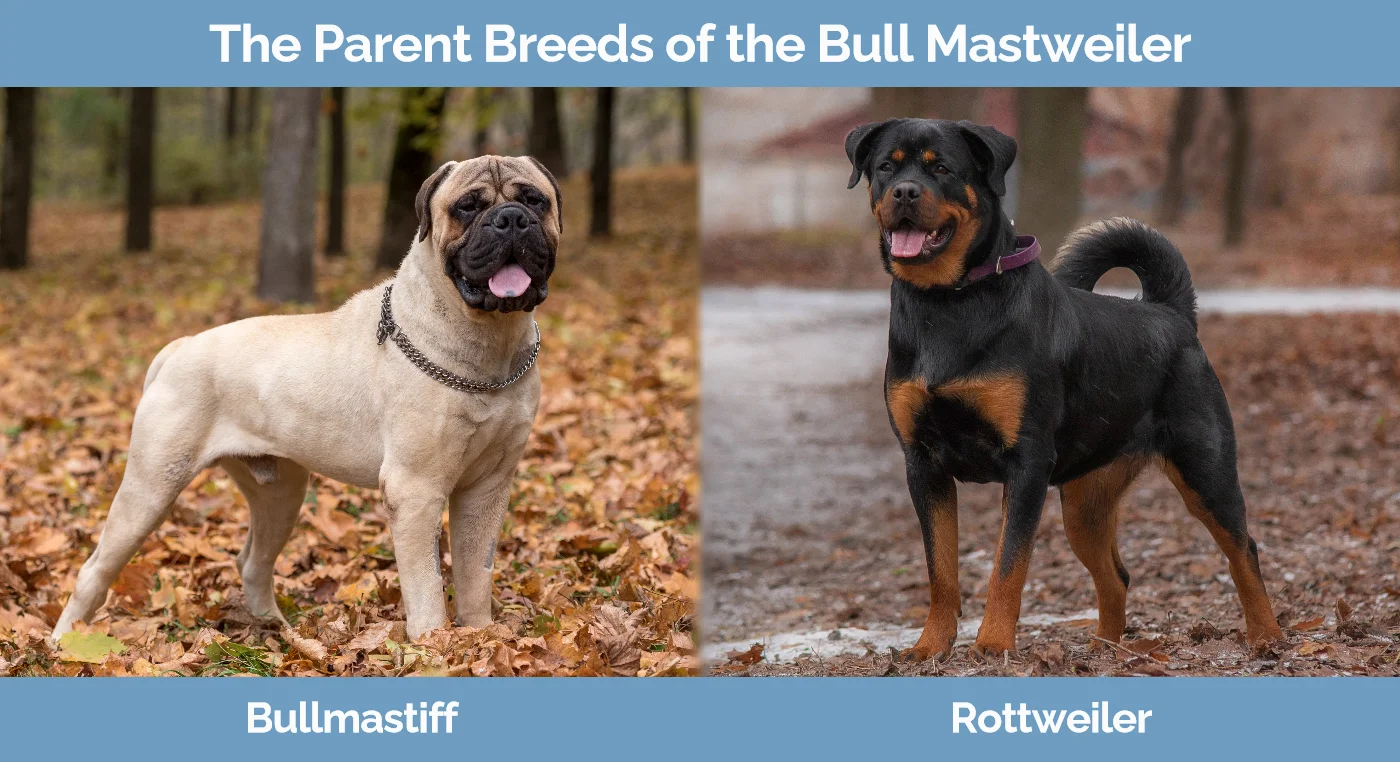
Temperament & Intelligence of the Bull Mastweiler 🧠
Kinder, gentler, and perhaps more intelligent than either of the breeds that gave rise to it, Bull Mastweiler owners regularly comment on how well-behaved they are for a large dog. Veritable “gentle giants”, they take easily to training from anyone willing to give firm commands and positive reinforcement.
Are These Dogs Good for Families? 🏡
The loyal and protective Bull Mastweiler loves to please its owners, and this includes any children it bonds within the family. They make excellent guard dogs and will protect your family or property at any cost. Because of their large size and occasionally clumsy feet, however, they can be a less-than-perfect breed to keep with small children in the house due to the potential for accidents.
Does This Breed Get Along with Other Pets? 🐶 😽
Even when socialized from a young age, Bull Mastweilers seem to prefer to be the only pet in a house—or at least the top dog. They may get along well with smaller dogs and small animals (who don’t pose any threat to their superior position) but can get aggressive and territorial if they feel even slightly threatened.
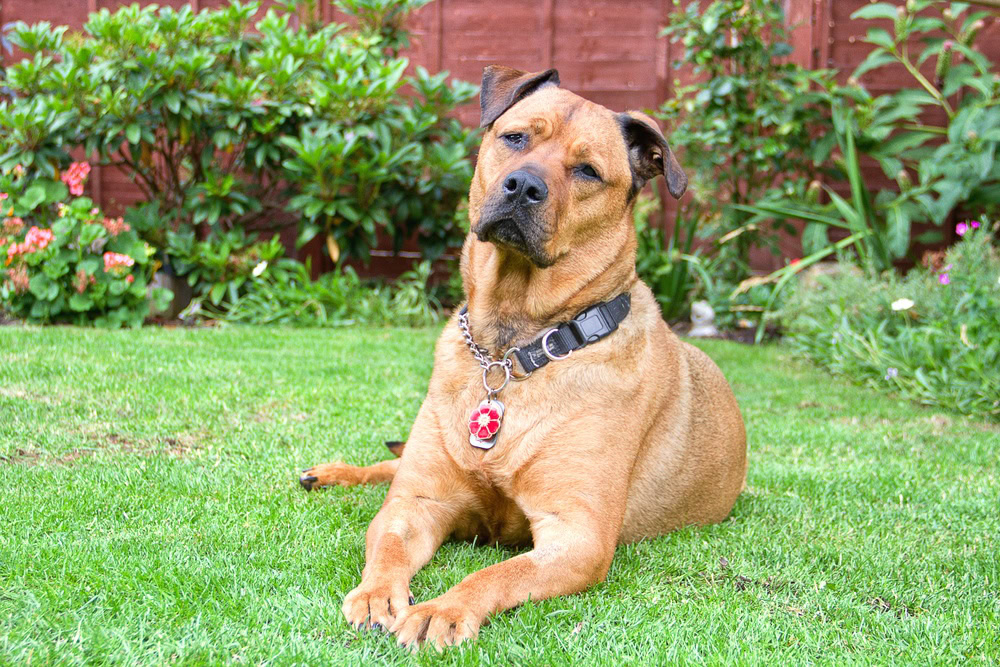
Things to Know When Owning a Bull Mastweiler
Does this gentle guard dog sound like it could make a great addition to your home? If so, you should be aware of the following requirements that come with owning a Bull Mastweiler.
Food & Diet Requirements 🦴
Large to giant-sized dogs like the Bull Mastweiler require similarly large to giant portions of food, with the average dog of this breed eating somewhere around four cups of dry dog food per day. They can tend to eat too quickly and cause digestive issues for themselves, so split this food up into at least three meals throughout the day.
Exercise 🐕
More than any specific time requirements for exercise per day, Bull Mastweilers need to spend time outdoors to truly feel healthy and happy. Aim to take them out for a walk up to an hour a day and give them free roam of your backyard whenever possible—just make sure that it’s securely fenced in, or else your Bull Mastweiler may think the whole neighborhood is theirs to patrol and protect.
Training 🦮
While intelligent and capable of quickly picking up new tricks and commands, the Bull Mastweiler is also a stubborn breed that can insist on having its own way. Obedience training early in their life will do wonders down the road when their imposing stature can make it more difficult to assert your position as the dominant member of the household.
Grooming ✂️
A Bull Mastweiler’s short coat requires little in the way of grooming, and once-weekly brushings are usually enough to keep their coat in excellent condition. Some dogs of this breed will inherit the wrinkles of their Bullmastiff parents, in which case you’ll need to bathe them more frequently to prevent skin problems and bad odors from developing.
Health and Conditions ❤️
Coming from two already hardy dog breeds, the Bull Mastweiler does not frequently develop any serious health problems. Still, you should be on the lookout for the following hereditary conditions:
- Skin irritation
- Seasonal allergies
- Hypothyroidism
- Hip dysplasia
- Elbow dysplasia
- Bone cancer
- Heart disease
Male vs Female
If you’re looking for a certain temperament of this breed, your dog’s sex will determine quite a bit of its personality. Female Bull Mastweilers tend to be smaller and more docile, as well as less prone to aggressive behaviors. Males, on the other hand, will grow larger and tend to boss their way into the alpha male position of whatever group they find themselves in.
Final Thoughts on the Bull Mastweiler
A gentle giant that improves on many of the characteristics of both of its parents, the Bull Mastweiler can be a wonderful dog to bring into your life. If you have a family, a large home, and a backyard for them to play with, these loyal dogs will serve and protect you throughout their entire lives.
While they may not be a great option for inexperienced dog owners, anyone with prior exposure to dog training is likely to find the Bull Mastweiler to be a marvelously obedient breed that’s as devoted as dogs come.
Featured Image Credit: cynoclub, Shutterstock





